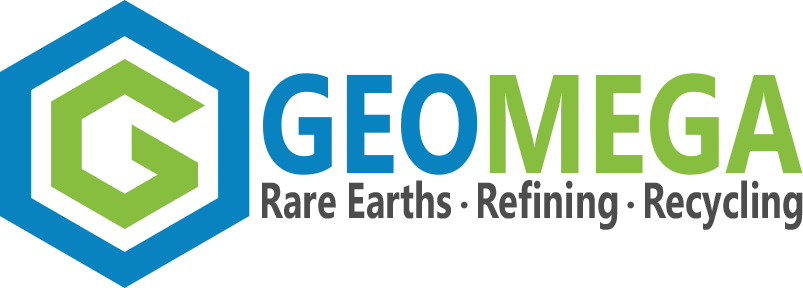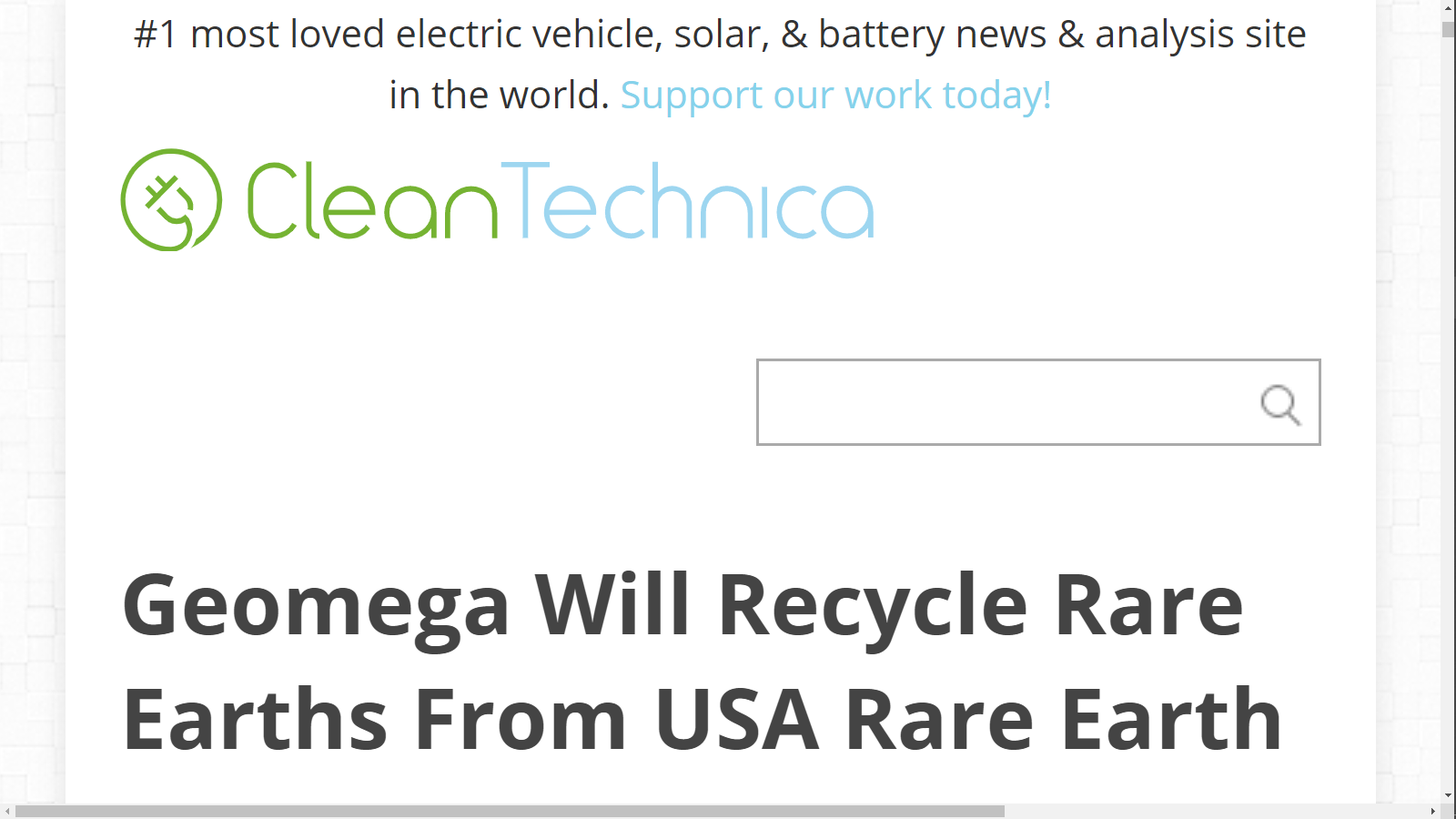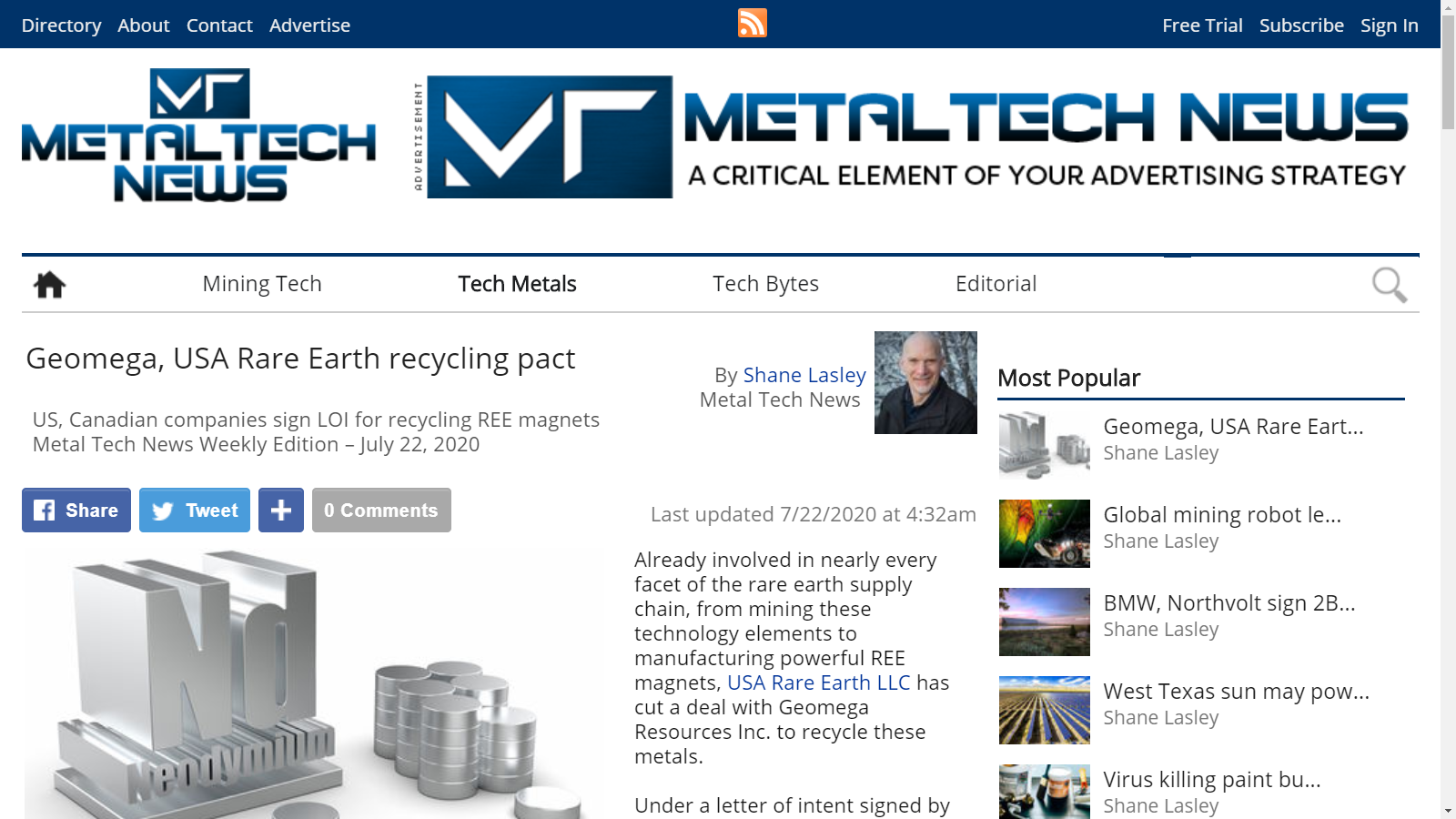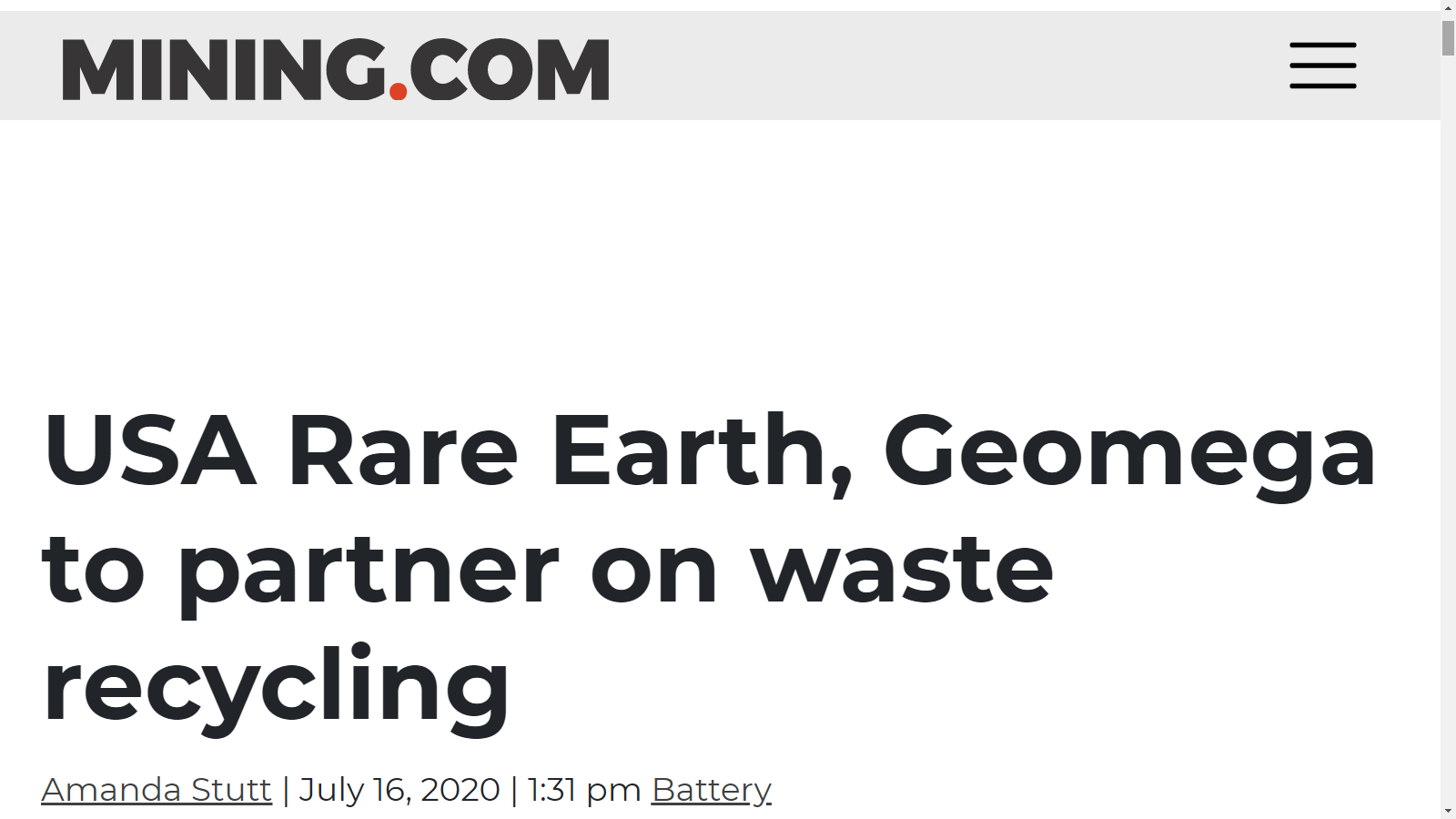CleanTechnica Geomega Will Recycle Rare Earths From USA Rare Earth
Geomega Resources Inc, which is a rare earth cleantech developer for mining and recycling, is partnering up with USA Rare Earth, which is a funding and development partner of the Round Top Heavy Rare Earth and Critical Minerals Project in West Texas, to recycle rare earth–containing production waste. This waste comes from USA Rare Earth’s production of sintered neodymium iron boron permanent magnets (sintered neo magnets) in the US.




